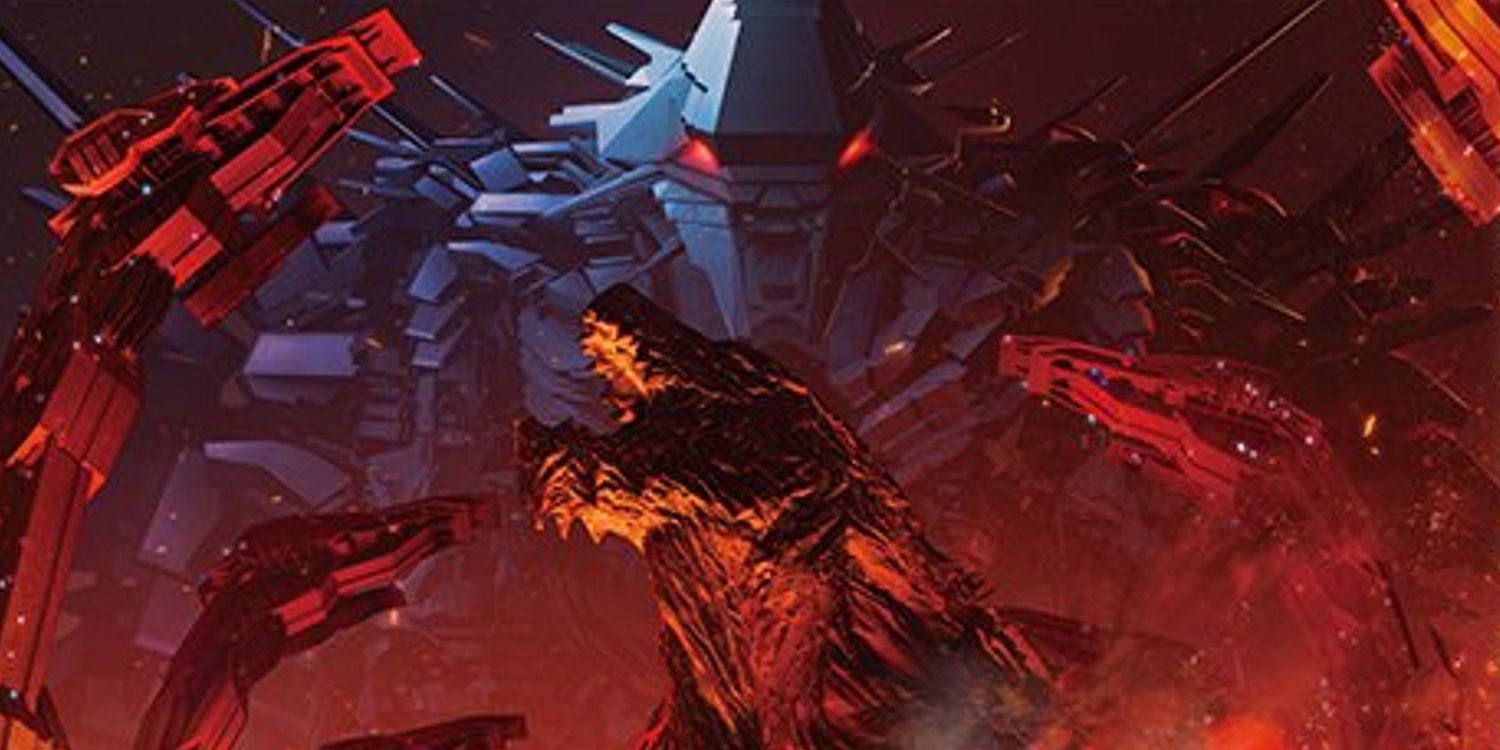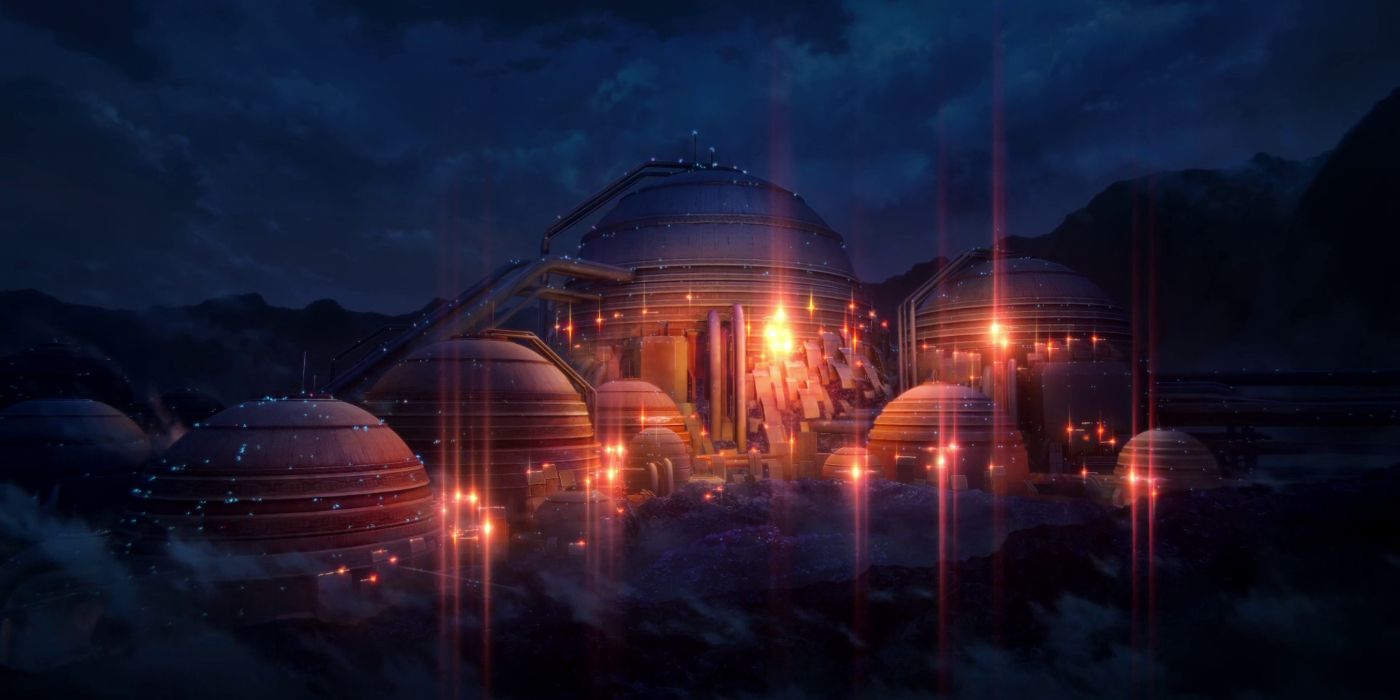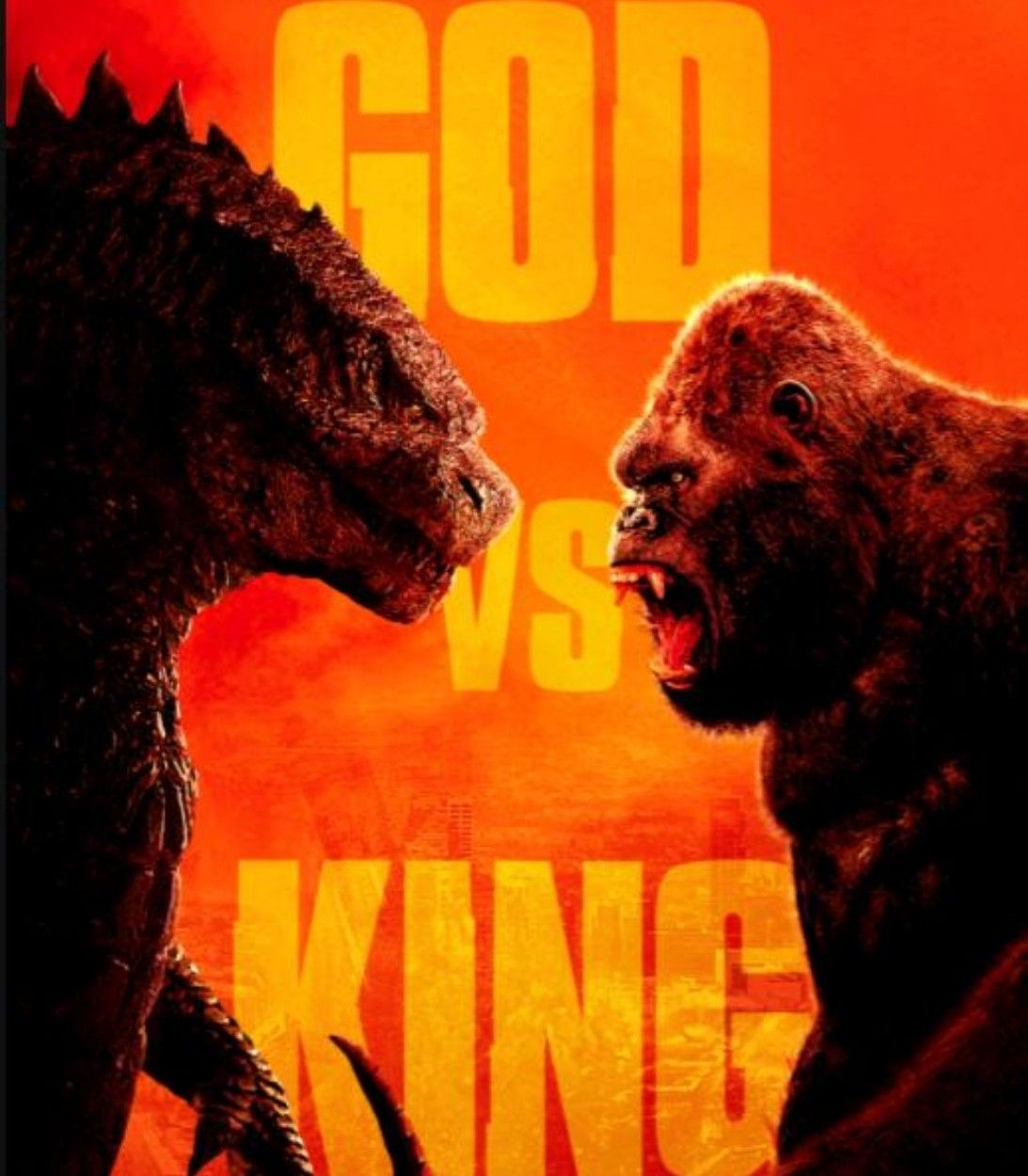While fans waited for the inevitable smackdown between Godzilla and MechaGodzilla in the Godzilla anime trilogy, they weren't prepared for the latter's radical reinvention. The original Godzilla from 1954 was a dark monster movie that served as an allegory for Japan being attacked by nuclear weapons during World War II. Godzilla would switch back and forth between being a hero and villain as the franchise evolved in Japan, and he became an iconic monster around the globe.
Despite his popularity, Godzilla had a tough time breaking into American cinema. The first proposed American version was 1983's Godzilla: King of the Monsters in 3D. While a script was written and storyboards were drawn up, no major studio would back it as they felt it would only appeal to kids. After years in development hell, Independence Day director Roland Emmerich brought him to the big screen with 1998's Godzilla; sadly, this version proved to be a major disappointment and a planned sequel was scrapped. The monster finally got his due with 2014's Godzilla which was a much more respectful treatment of the behemoth. This movie also launched the MonsterVerse, which is building towards the epic title fight of 2020's Godzilla Vs Kong.
Godzilla has battled a number of memorable kaiju over the course of the franchise, including King Ghidorah and Rodan. One of his most famous enemies is MechaGodzilla, which is a man-made robotic version of Godzilla designed to repel the monster when he attacks. MechaGodzilla has gone through some redesigns over the years, but nothing quite as radical as the one seen in the Godzilla anime trilogy. This series of films is set in a future where mankind abandoned the planet when Godzilla became the dominant form of life, with the environment itself adapting to his needs
In the first anime Godzilla: Monster Planet, an alien race dubbed the Bulusaludo comes to Earth to help fight gainst the monster. They construct MechaGodzilla to fight Godzilla but humanity is forced to abandon the planet before it's activated. This felt like a major tease for sequel Godzilla: City On The Edge Of Battle, where the looming MechaGodzilla was featured on posters and artwork. This got the fanbase hyped, but while the monster technically does appear, it's not in the way viewers were expecting.
Instead, Godzilla: City On The Edge Of Battle reveals MechaGodzilla's A.I. has rebuilt itself into a place dubbed MechaGodzilla City. The heroes find the remains of MechaGodzilla's head and plan to use the city to trap and destroy Godzilla once and for all. It's ultimately revealed the Bilusaludo plan to fuse with MechaGodzilla's nanometal, losing their humanity in the process. They see this as a necessary evil to defeat Godzilla, but once the main protagonist Haruo learns the nanometal will eventually absorb all life on the planet, he has a tough choice to make.
Godzilla is lured into MechaGodzilla City and is left on the verge of death - until Haruo realizes the monster is the only thing capable of destroying the city and stopping it's spread. He opts to save Godzilla, who burns MechaGodzilla City to the ground. The Godzilla anime trilogy essentially reinvents MechaGodzilla as one giant metaphor for the match of technology and its erosion of humanity and nature. While this was a unique approach, fans felt duped by the monster being featured on promotional artwork, but not actually appearing in the movie itself.



